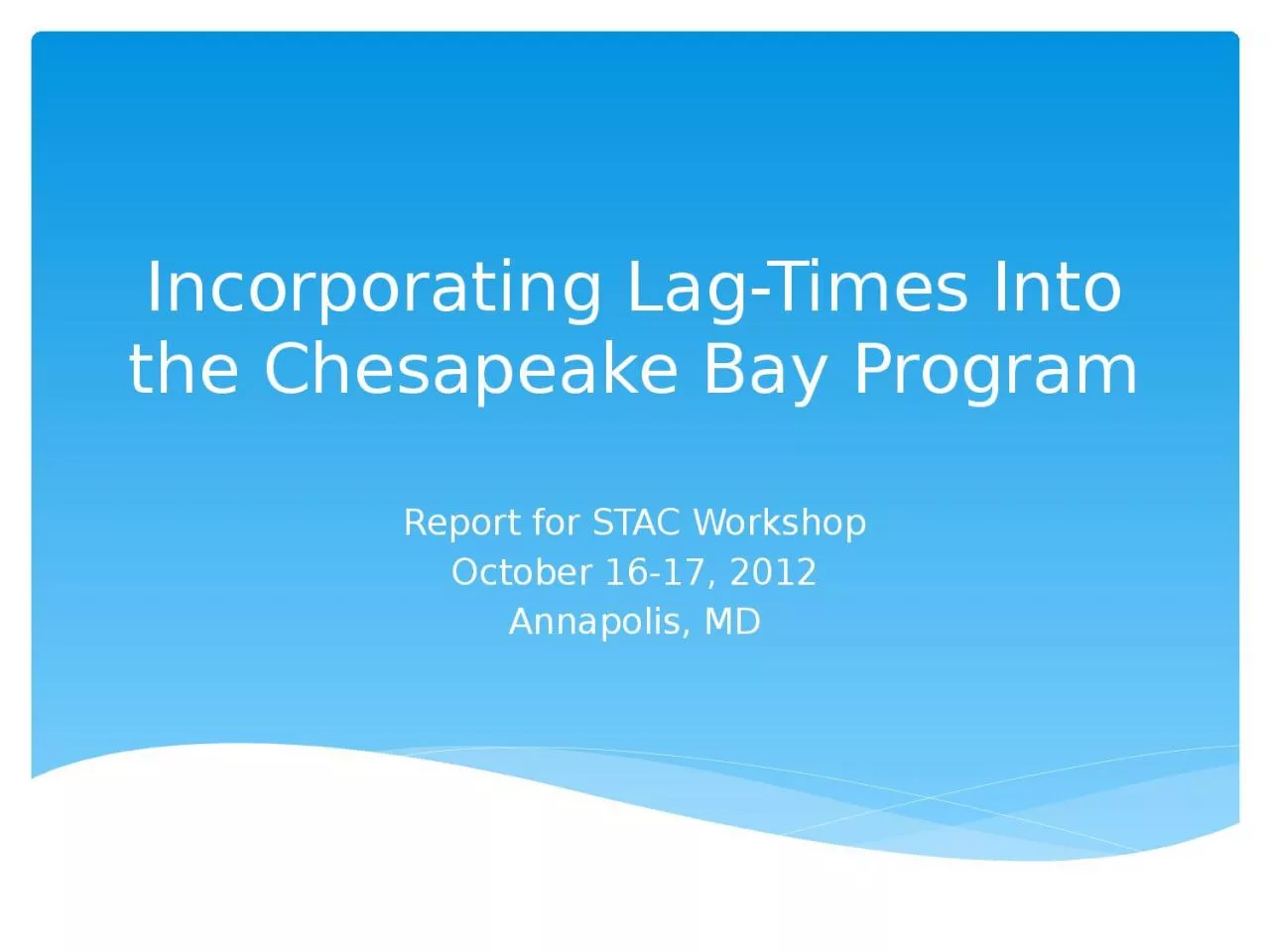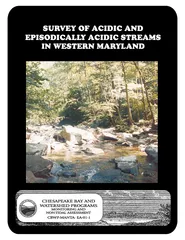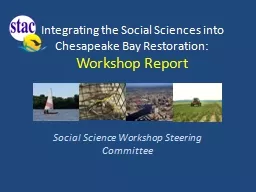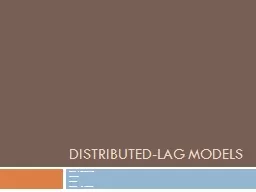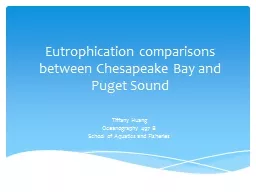PPT-Incorporating Lag-Times Into the Chesapeake Bay Program
Author : bency | Published Date : 2023-10-04
Report for STAC Workshop October 1617 2012 Annapolis MD Bob Hirsch chair Jack Meisinger Marc Ribaudo Claire Welty Weixing Zhu Kevin Sellner Russ Brinsfield Steering
Presentation Embed Code
Download Presentation
Download Presentation The PPT/PDF document "Incorporating Lag-Times Into the Chesape..." is the property of its rightful owner. Permission is granted to download and print the materials on this website for personal, non-commercial use only, and to display it on your personal computer provided you do not modify the materials and that you retain all copyright notices contained in the materials. By downloading content from our website, you accept the terms of this agreement.
Incorporating Lag-Times Into the Chesapeake Bay Program: Transcript
Download Rules Of Document
"Incorporating Lag-Times Into the Chesapeake Bay Program"The content belongs to its owner. You may download and print it for personal use, without modification, and keep all copyright notices. By downloading, you agree to these terms.
Related Documents

